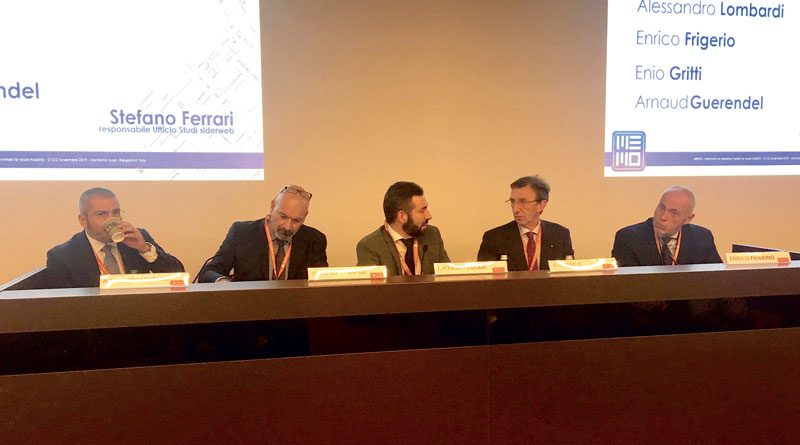Metallic Materials as Key Players in the Mobility of the Future
MeMo – Metals for road mobility: an international conference hosted by Kilometro Rosso in Bergamo and organized by the Italian Metallurgy Association to analyse in depth the trends and future of metallic materials for the construction of cars and heavy vehicles.
by Mario Conserva
MeMo – Metals for road mobility, is the fast acronym of the AIM conference, “Trends and future of alloys for automotive and trucks” held at the Kilometro Rosso in Bergamo on November 21st and 22nd.
The central themes of the conference were development and innovation in metallic materials used for the construction of vehicles and the analysis of how mobility technologies will change in the coming years based on new propulsion criteria proposed for the future of the car, as well as the foreseeable consequences as regards the choice of materials. The focus was, on one hand, on ferrous materials, traditional key players with cast irons and steels in the manufacturing of vehicles, and on the other hand on light metals, prominently featured and growing fast in the last few decades, particularly as regards aluminium alloys, capable of simultaneously offering lightweighting, mechanical strength, formability, corrosion resistance, recyclability and low operating costs.
An exceptional introduction to the works was provided by Alberto Bombassei, President and founder of Brembo, who outlined a comprehensive picture of the development of materials for lightweighting in the field of transportation, entwined with the dynamics of his company and the profound changes in terms of new types of propulsion and new technologies for mobility. From the materials standpoint, Alberto Bombassei underlined the healthy competition between aluminium, steel and cast iron, a path made of technological neutrality which on one hand should reward excellence, while on the other hand it ought to criticise the lack of recovery and recycling and distorted and manipulated information, such as the senseless demonization of gasoline and short-sightedness towards environmental problems which lie right behind the electric car. Recovery and recycling, or better still, upcycling, were prominent topics at the round table moderated by Stefano Ferrari, Head of the Siderweb Study Office, focused on how to face the future of the automotive industry, which was attended by Alessandro Lombardi (ORI Martin), Enrico Frigerio (EF Group), Enio Gritti, Director, FMB, and Arnaud Guerendel (SSAB). Furthermore, regarding general topics, the analyses by Antonello Vona of Coface and Gianfranco Tosini of Siderweb on future scenarios of the match between cars and metals were very complete.
Finally, the reports focused on the development of aluminium alloys were extremely interesting, with particular reference to the OMR studies presented by Enio Gritti on light alloy structural foundry castings, together with those illustrated by Streparava, the University of Brescia and the Milan Polytechnic on materials, design and manufacturing of light vehicles. Particularly interesting was the study on metallurgy and the properties of some light foundry alloys developed and presented by the University of Bologna, Jönköping University (Sweden) and Ducati Motor, while the Turin Polytechnic analysed the corrosion resistance of automotive components in aluminium alloys produced using additive manufacturing.

